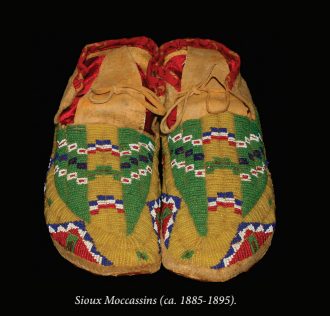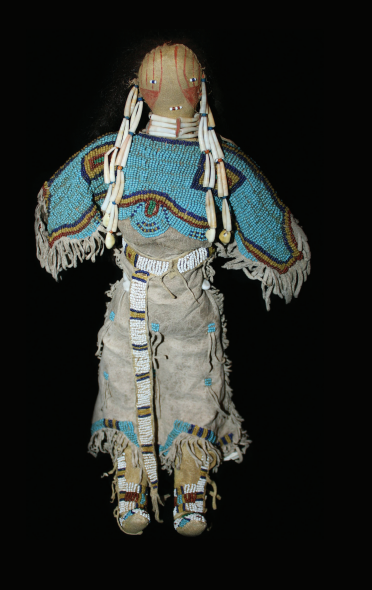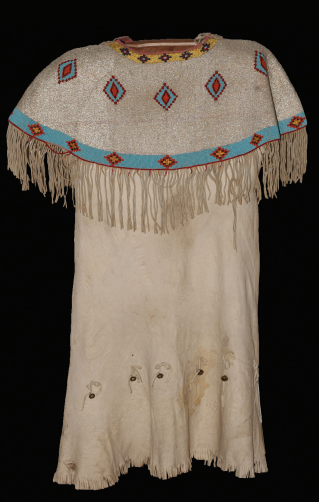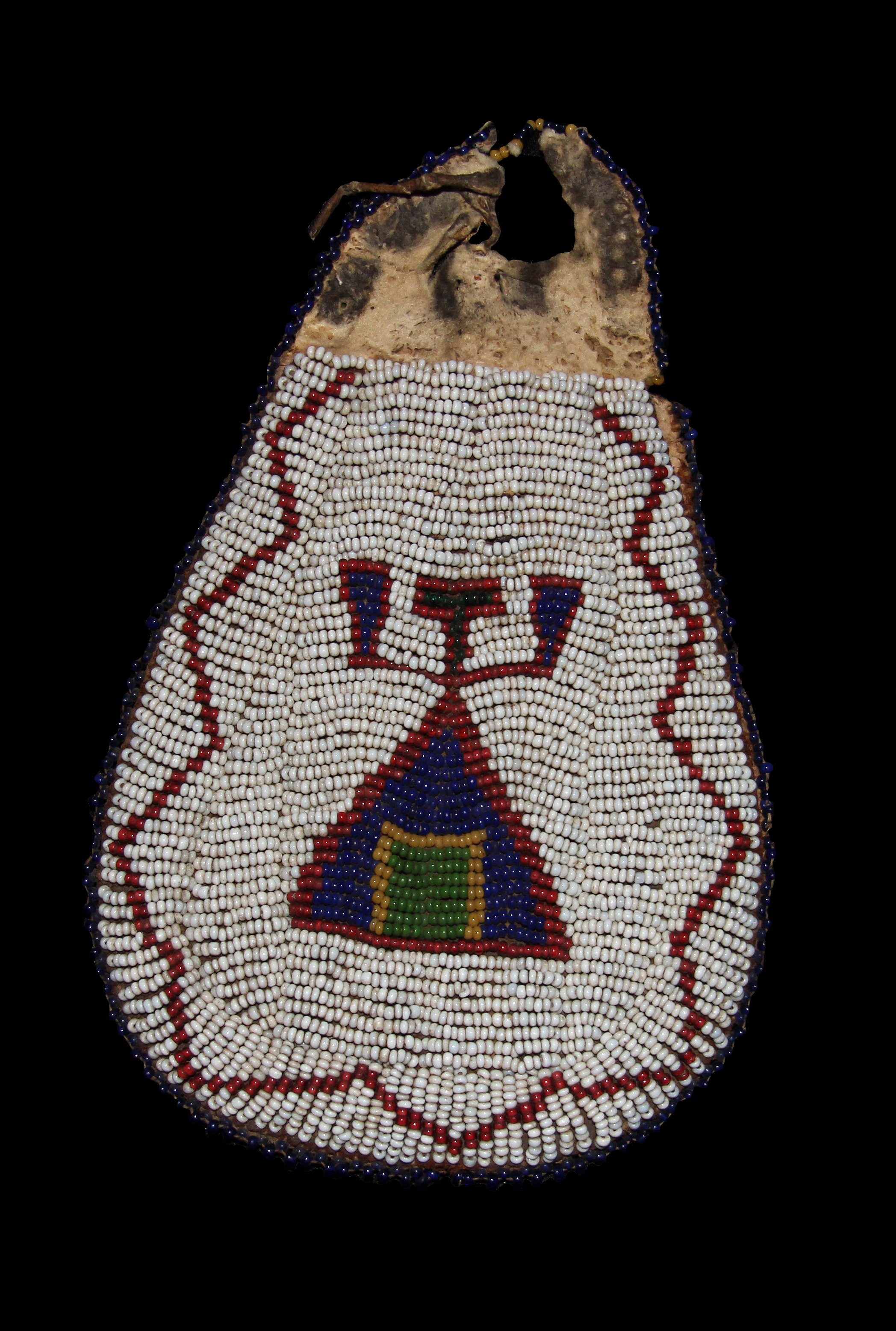Trade Beads
Native Americans received glass and ceramic beads as gifts from the early European explorers and colonists and traded them with them. Long before European settlers came to North America, Native Americans had been crafting beads out of bone, shell, and stone, and they still did after European contact. However, Native Americans developed a liking for European glass beads, primarily from Venice, with a small amount from Holland, Poland, and the Czech Republic. Early on, Europeans saw the value of beads to Native Americans. Businesses like the Hudson Bay Trading Company established profitable bead-trading exchanges with them by having commercial voyages dedicated to trading artifacts. Glass beads became more commonly available, affordable, and widely used by Native Americans across North America. Glass bead manufacturers began to dominate the market. As a result of their abundance, color, and affordability, ceramic beads lost favor.
The Italian terms "mille" (thousand) and "fiori" (flowers), when combined, signify "a thousand flowers," which is how millefiori beads got their name. Glass canes were used to create flowers or stripes, which were then chopped and molded into a solid color core. Most people call them "African Trade Beads," even though they were made in Venice.
Location, demand, and the degree to which Indians desired a specific bead all affected bead prices. The Hudson's Bay Company set a standard value for beaver pelts for dealing; a manufactured beaver had been dried, stretched, and prepared for shipping. According to records from early trading sites, a manufactured beaver was valued at six Hudson's Bay beads, three light blue Padre (Crow) beads, and two bigger transparent blue beads.
Murano has produced beads for over two hundred years using "winding." This technique removed a molten glob of glass from the furnace and wound it around an iron rod to create individual beads. After that, a glass of a different hue might be added, or the bead could be adorned with a pattern. The molten glass was colored with the following: cobalt produced blue, copper produced green, tin produced a milky white color, and gold produced red. The expert glassmaker's wound beads were so flawless that it was challenging to identify the point at which the several molten glasses united. Beads made of blown glass were another approach. Like making glass vases, a glob of molten glass was taken out of the furnace and shaped by blowing through a glass tube.
The Venetians began crafting glass tubes using drawn glass around 1490. Using this process, a skilled glassblower took a lump of molten glass and shaped it into a cylinder. He worked the cylinder into the correct shape and then fastened a rod. Before the glass cooled, an assistant took the end of the rod and rushed down a long corridor. The size of the beads was decided by the tube's length and the quantity of glass utilized. The tubes were divided into meters-long parts after they had cooled. These parts were divided into various-sized beads. The chopped beads were added to a metal drum filled with water, carbonate, sand, carbon, and lime. Heat was applied to the exterior of the metal drum while it rotated, smoothing the rough-cut edges. The beads were washed once they were smooth and then firmly shaken in a bag of fermented bran to finish polishing them.
If you want to see some trade beads, visit the Museum of Native American History in Bentonville!
Works Cited
Administrator. “History-Of-Trade-Beads.” History-Of-Trade-Beads, peachstatearchaeologicalsociety.org/index.php/13-beads/248-history-of-trade-beads.
Carolyn. “Native American Trade Beads History.” The Wandering Bull, LLC, 31 Mar. 2016, wanderingbull.com/native-american-trade-beads-history.
Credit to Olivia Lee




